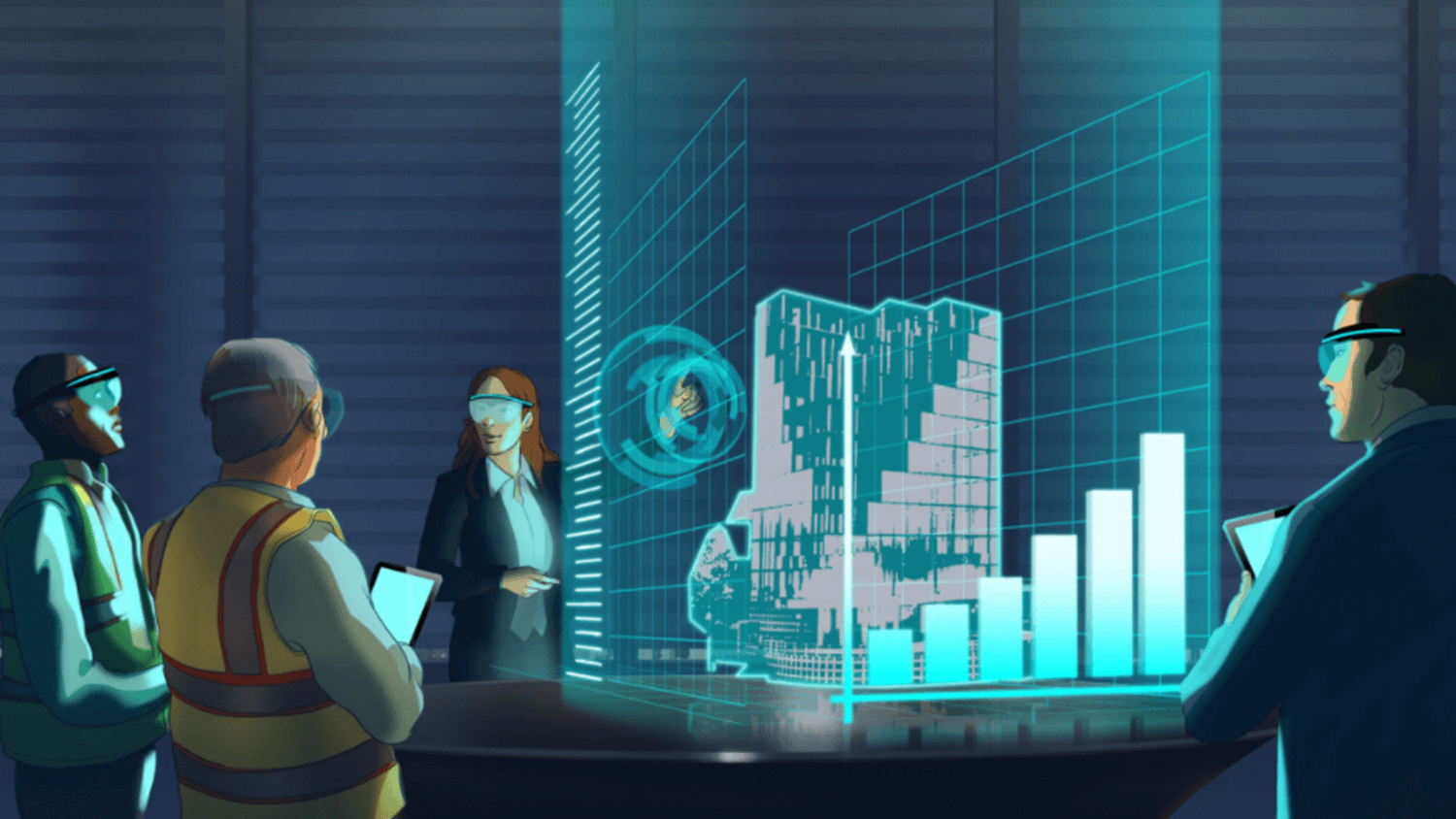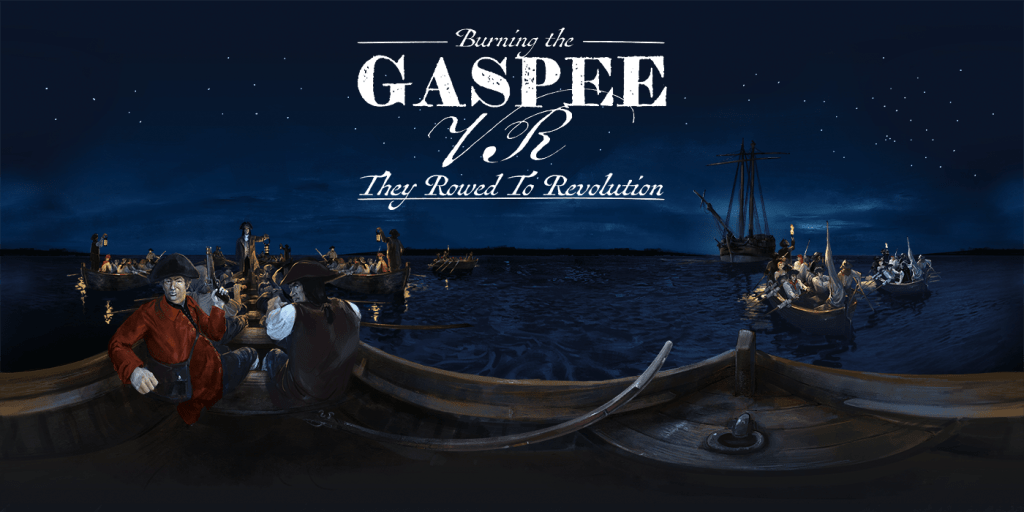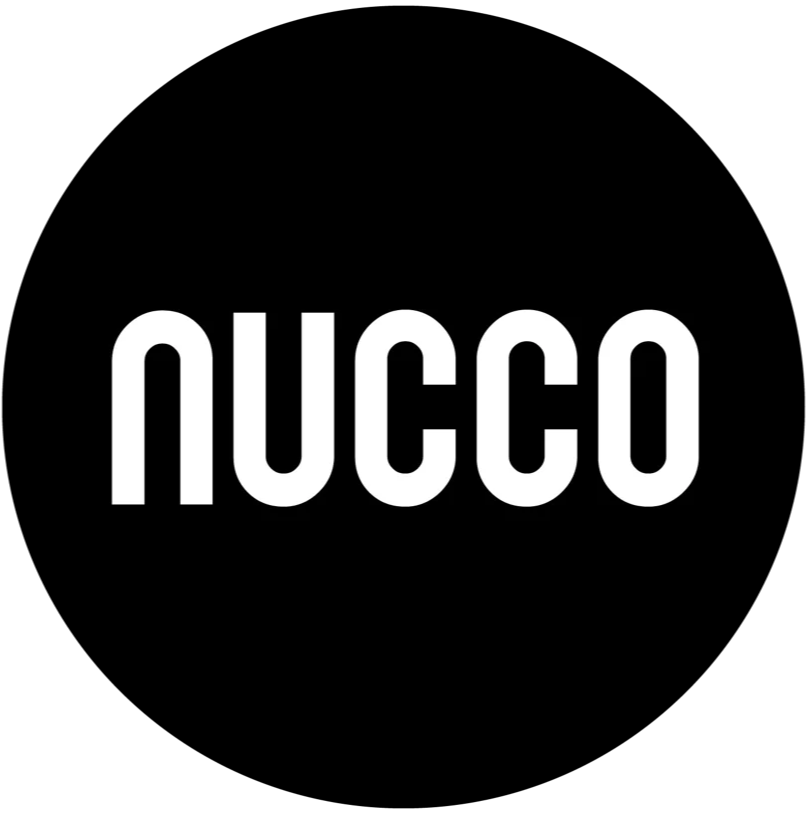BEST PRACTICES: VR FOR LEARNING

Here are a few of the hard-learned lessons we’ve picked up building quality VR experiences for the education space.
A good VR experience is always awesome, but actually making one can feel like a Herculean task. One wrong move, and you end up with a hot mess.
Relax. Here are a few of the hard-learned lessons we’ve picked up building quality VR experiences for the education space.
Follow these golden rules, and you’ll set yourself up for success.
Think Big. Build Small.
VR experiences can be behemoths. And with large-scale projects, the number one problem is always momentum. It starts with a roar, but as the initial excitement starts to wane, people can lose interest.
 Arizona State University | Burning The Gaspee VR
Arizona State University | Burning The Gaspee VR
In our recent work with Arizona State University, we’ve found it’s better to set achievable goals with tangible milestones to keep momentum. That means starting out small and building iteratively.
Not only does it keep the project moving forward, but it gets to a basic working version faster – and it gives you more opportunities to test and refine your ideas.
Keep the main thing the main thing
It’s important to keep the core learning objectives at the heart of every decision.
At every stage, you should be asking “is this going to help make the learning objectives clearer or not?” If the answer is no, it’s a good sign you’re heading down the wrong (and potentially costly) road.
Collaborate with experts
No matter how much you get into your subject matter, you’re not going to have the same expertise as people who have been studying it for 20+ years.
By working with subject experts, you get the best of both worlds – their deep knowledge of the subject and your skill in developing the experience.
Match the medium with the message
VR is no silver bullet solution. As much as we’d like it to be, it’s not always the right technology for every subject matter. And considering the expense of developing a quality VR experience, it’s important to make sure it’s the right tech for the learning objectives.
For more abstract concepts, like algebra, VR could be a colossal waste of both time and money.
Do what the textbook can’t
But there are many areas where VR excels. Because users get to experience a place and time that might otherwise be impossible, it can be incredibly effective for history and science – like our onboarding VR experience for EDF Energy.
 EDF Energy || Nuclear Symphony
EDF Energy || Nuclear Symphony
VR is powerful, so it’s important to keep it focussed. You want to make the most of the immersive and memorable VR-ness, rather than including elements that could be better communicated outside the experience.
It’s also important to make the experience intuitive, so users can begin the experience without too much faffing around. The easier and more straight-forward your experience, the faster users get to learning, and the more effective and enjoyable it is.
Make it work before you make it beautiful
This one seems obvious, but you’d be surprised how often we see function sacrificed on the altar of form.
The fact is, a VR experience can be a stunning environment – that’s what makes it such a compelling and memorable medium. But it’s easy to get caught up in the aesthetic and miss the point.
By keeping the focus on the function, you make sure that the experience actually delivers on what it’s designed to do.
You can dress it up nice once you’ve got it working.
Choose the platform for the people
Are you looking for the most accessible platform? The best performance?
A big part of that comes down to who the audience is, where they are, and what they have access to. Working with ASU, we chose Google Cardboard. With many of their students being distance-learners, we needed a platform that was readily available and compatible with most smartphones.
For other projects requiring room-tracking or hand-based interaction, we’ve used other platforms.
Don’t forget assessments
So you’ve created your VR experience, and you’ve done everything right. You’ve tied every decision to the learning objectives, you’ve maximised the VR capabilities, and you’ve collaborated with experts to make sure the experience is up to snuff.
But what really sells education providers on your experience is linking into course material with well thought through assessments.
By reinforcing the key learnings, it shows them how much more effective it is – that it’s not just a gimmick, but it works.
Nucco specialises in creating immersive and memorable active learning experiences, working with world-leading universities to implement active, adaptive learning into their curriculums.
Contact us to find out how we can create an immersive experience for you.


